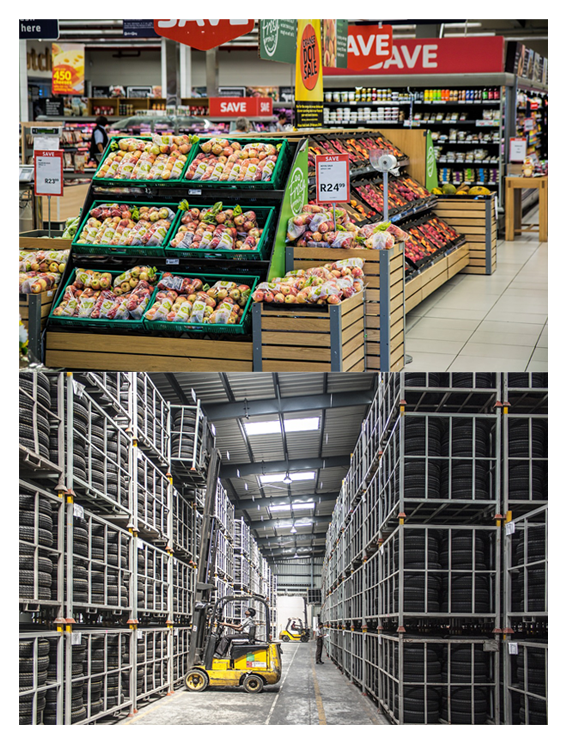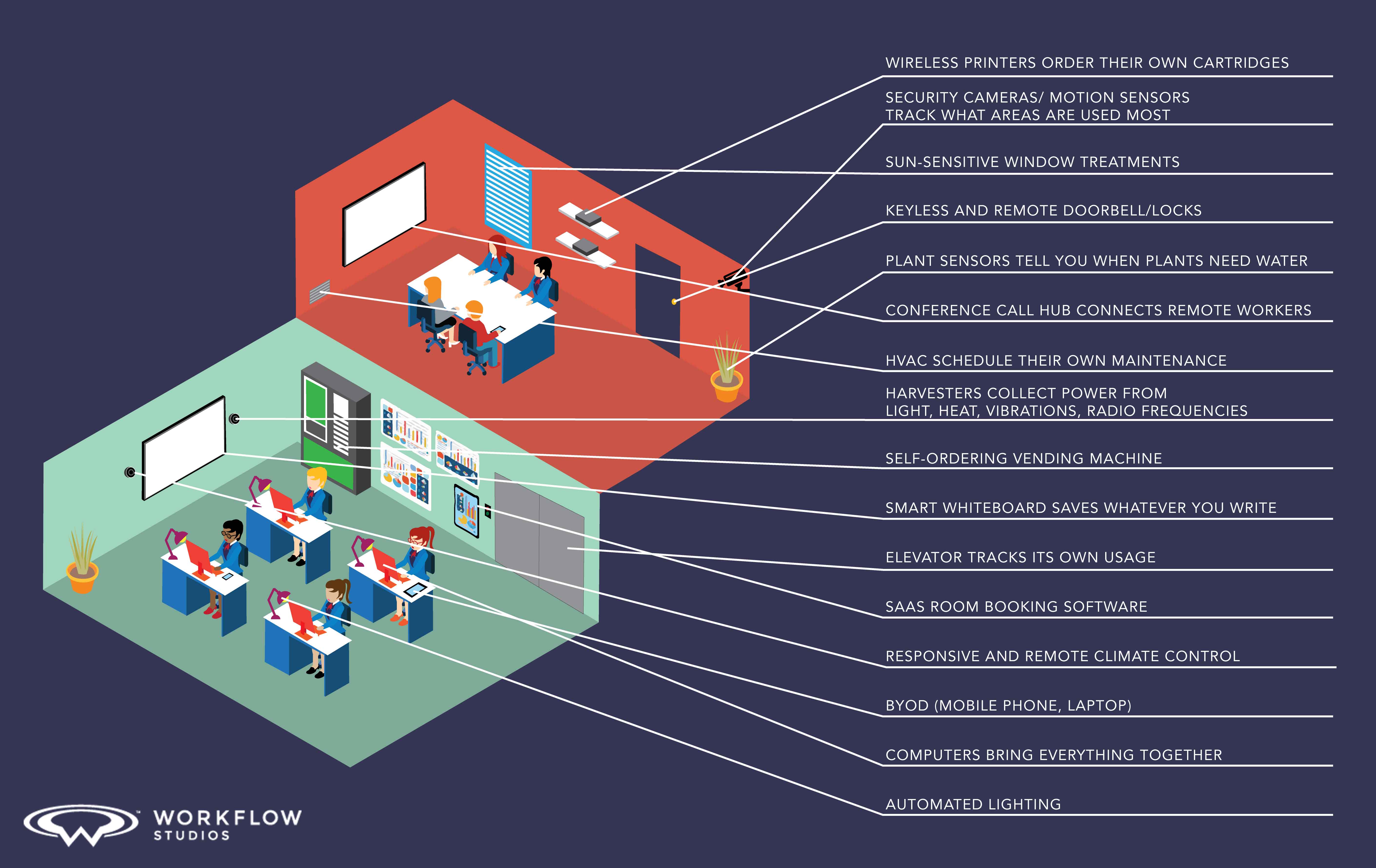The Internet of Things (IoT) is a concept almost as loose in definition as the two terms that make it up: “Internet”, which has come to denote, in whole or in any part, the vast system of electronic communications that now connects nearly every area of human endeavor; and “Things”, which could only be more inclusive if we broadened the term to the Internet of Anything. Perhaps that is coming.
Gartner defines the IoT as “…the network of dedicated physical objects (things) that contain embedded technology to sense or interact with their internal state or external environment. The IoT,” it explained, “comprises an ecosystem that includes things, communication, applications and data analysis.” McKinsey Global Institute simplifies this a little to say the IoT comprises “sensors and actuators connected by networks to computing systems”. The International Data Corporation (IDC), meanwhile, identifies each of these sensors and actuators as “a uniquely identifiable device with its own IP address that connects over a network.”
In short, the Internet of Things is, well, all of the things connected to and by the Internet. The implications, however, are not so simple. Take, for example, the connected “Smart” office, says Lance Spellman, president at Workflow Studios.
Of course, many of these things have long been connected to the Internet – the phones, the computers, the alarm system. What is changing is that these things are now also connected to each other through the Internet. The phone system now ties in with the CRM software, which is now online (SaaS).
The alarm system, lights, window blinds, entry systems and thermostats now communicate with your smartphone, allowing you to control them remotely or allowing them to control each other so that when motion sensors or the keyless entry system detect someone in the building, the A/C kicks on and the lights wake up. Your printers and HVAC system now tell you when they need maintenance and, in some cases, schedule their own resupplies. Even your planters have something to say, letting you know when your office plants need water.
And this is just in the office. In the warehouse, the Internet of Things is helping to keep track of inventory, track orders, and identify and schedule maintenance for faulty equipment. According to McKinsey, this last has been known to reduce maintenance costs by as much as 40% and cut unplanned downtime in half. On the customer end, devices are making it possible to track customer behavior with almost invasive detail.
The data gathered at point of sale and through apps, in-store monitoring systems, and inventory management devices enable companies to predict buying habits of individual customers and make super-personalised suggestions. What’s more, they are able to see clearly how a product is being used and even how people are trying but failing to use a product, giving unprecedented insight into how to make products better fit customer expectations.
Experts in every industry are noting the difference this makes in product development. They’re all saying it – a product is no longer just a product. As more and more Things get connected, products are becoming services. Where a thermostat used to be something you bought at the hardware store and used until it stopped working, today’s thermostat comes with software, and with the software a support team. Things that used to get outdated regularly can now be upgraded with a simple software update.
In the next few years, customers will come to expect some level of connectivity in almost everything they buy, whether it be the ability to scan a food item for nutritional information or a function that allows their running shoes to send them a notification when it’s time to get a new pair.
Businesses will have to jump on this bandwagon from both sides – equipping their products with the connected services customers will come to expect and outfitting their offices, stores, and warehouses with the connected equipment that will help them keep up.
Challenge Areas
There are a few key areas of concern that seem always to come up whenever we talk about the onward rush of the Internet of Things.
Security
More connected devices inevitably results in what is referred to as an increased “attack surface”. Where before, a hacker had a only few of entry to access your company network, the connectedness of things poorly managed could mean that they can now gain access through your potted plant or your vending machine.
Privacy
While privacy and security generally have a close relationship, in the case of the IoT, the concern seems less to be about the security of private information gathered by connected devices, but the gathering of that information to begin with. Suddenly, an office can monitor the work (and other) habits of the staff. Apps track every move a customer makes in a store. The potential for devices and sensors to gather data is almost endless and some folks are not so comfortable with this.
Data Storage and Analysis
For those who are comfortable with the gathering of these masses of data, there arise the conjoined twin problems of where and how to store it and how to analyse it. After all, what better way to help folks get comfortable with the collection of personal data than to show them how it is being used to enhance their personal experience.
Interoperability
As it stands, there are already hundreds and thousands of devices, sensors, gizmos, gadgets, and thingamajigs that connect to the Internet. Unfortunately, almost every one of them currently requires its own app or other software. This is manageable up to a point, but opening 7 different apps just to shut down the office for the day gets tiresome and quickly starts to negate any added efficiency being connected may have afforded. As the Internet of Things starts to become just “things”, we will need to find ways to plug these things in to a dashboard of some kind that will make it easier for us to control them and enable them to interact optimally.
Energy and Bandwidth Needs
We are already seeing how a world of connected devices is affecting our connectivity and energy needs. From coffee shops to airplanes, amendments to include outlets at every seat and Wi-Fi everywhere are becoming commonplace. Datacenters are already consuming enough energy to power a large city. The question then arises – as all the “Things” get plugged in and hooked up, how will energy and bandwidth requirements be affected, on both the wide and individual scale?
Outages
If your entire office functions on connected devices, what happens when you lose power or – heaven forbid – Internet service? Cut lines, bad weather, provider outages – how do you protect a connected business when so much of it depends on things outside your control?
A.I. Armageddon and a Robot-Controlled Dystopian Future
We’d like to say “nobody’s saying it but everybody’s thinking it” and then laugh it off. But the truth is, people are saying it, and they’re pretty serious. As we give up more and more control of the basic functions of our daily lives to software and computer-controlled devices, how do we know when it becomes too much? Where do we draw the line between automated efficiency and the kind of lazy complacency that stifles creativity and mires innovation?
The author of this blog is Lance Spellman, president at Workflow Studios.
Comment on this article below or via Twitter: @IoTNow_ OR @jcIoTnow











